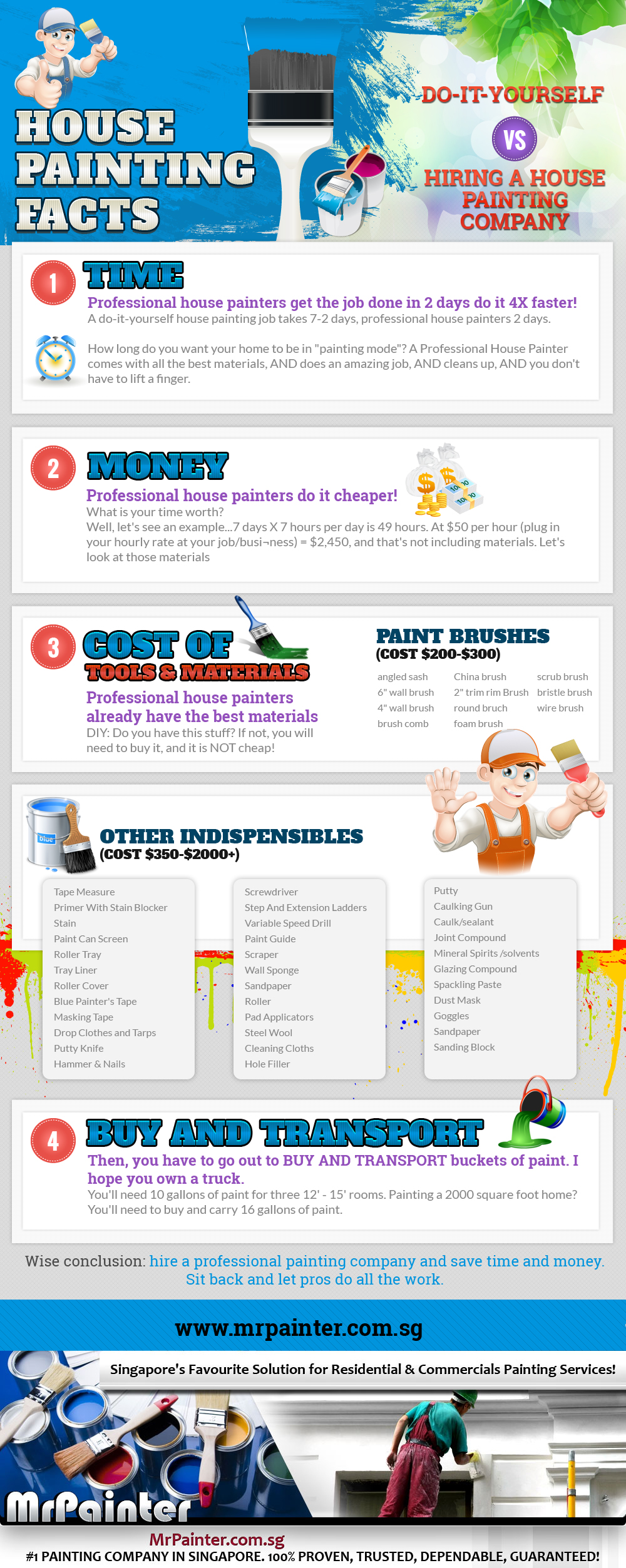Discover The Effect Of Seasonal Components On The Effectiveness Of Industrial Exterior Paint And Recognize The Ideal Times To Achieve Enduring Results For Your Task
Discover The Effect Of Seasonal Components On The Effectiveness Of Industrial Exterior Paint And Recognize The Ideal Times To Achieve Enduring Results For Your Task
Blog Article
Material Writer-Carlson Skafte
When you're planning a business outside paint job, seasonal variables can make or break your results. You'll intend to consider how temperature level and humidity influence paint application and drying out times. Picking the ideal period can ensure your paint sticks effectively and lasts longer. However which click here for more are really the best for this type of work? Let's check out the key elements that can impact your task's success.
The Effect of Temperature on Paint Application
When you're preparing a business exterior paint task, the temperature level can substantially affect how well the paint sticks and dries.
Preferably, you want to repaint when temperatures range between 50 ° F and 85 ° F. If it's too chilly, the paint may not cure properly, bring about issues like peeling or cracking.
On the flip side, if it's as well warm, the paint can dry out also swiftly, avoiding proper bond and causing an unequal surface.
You ought to additionally think about the moment of day; morning or late afternoon provides cooler temperature levels, which can be a lot more beneficial.
Always inspect the producer's suggestions for the certain paint you're making use of, as they often supply advice on the ideal temperature variety for ideal outcomes.
Moisture and Its Impact on Drying Times
Temperature isn't the only environmental element that affects your business outside paint job; humidity plays a significant duty as well. High moisture levels can decrease drying times dramatically, affecting the overall quality of your paint work.
When the air is saturated with wetness, the paint takes longer to cure, which can cause problems like poor attachment and a greater danger of mildew growth. If you're painting on a specifically humid day, be prepared for extended delay times in between layers.
It's critical to check neighborhood weather and plan as necessary. Preferably, aim for moisture degrees in between 40% and 70% for ideal drying.
Keeping these factors in mind ensures your project stays on track and supplies an enduring finish.
Best Seasons for Commercial Exterior Painting Projects
What's the best time of year for your commercial outside painting jobs?
Spring and early autumn are normally your best bets. Throughout these periods, temperature levels are mild, and moisture levels are often lower, producing suitable problems for paint application and drying out.
Stay straighline of summer's intense heat, which can trigger paint to dry as well promptly, bring about inadequate bond and coating. Similarly, winter's chilly temperature levels can prevent appropriate drying and healing, running the risk of the durability of your paint work.
Go for days with temperatures in between 50 ° F and 85 ° F for ideal outcomes. Keep in mind to examine the regional weather prediction for rainfall, as damp conditions can wreck your project.
Planning around these elements guarantees your painting task runs efficiently and lasts much longer.
Verdict
Finally, planning your industrial external paint jobs around seasonal considerations can make a significant distinction in the outcome. By scheduling work throughout the optimal temperature levels and moisture degrees, you'll ensure better adhesion and drying times. Remember to keep an eye on local weather report and pick the right time of year-- spring and early fall are your best options. Taking these actions will certainly assist you accomplish a sturdy and professional surface that lasts.
